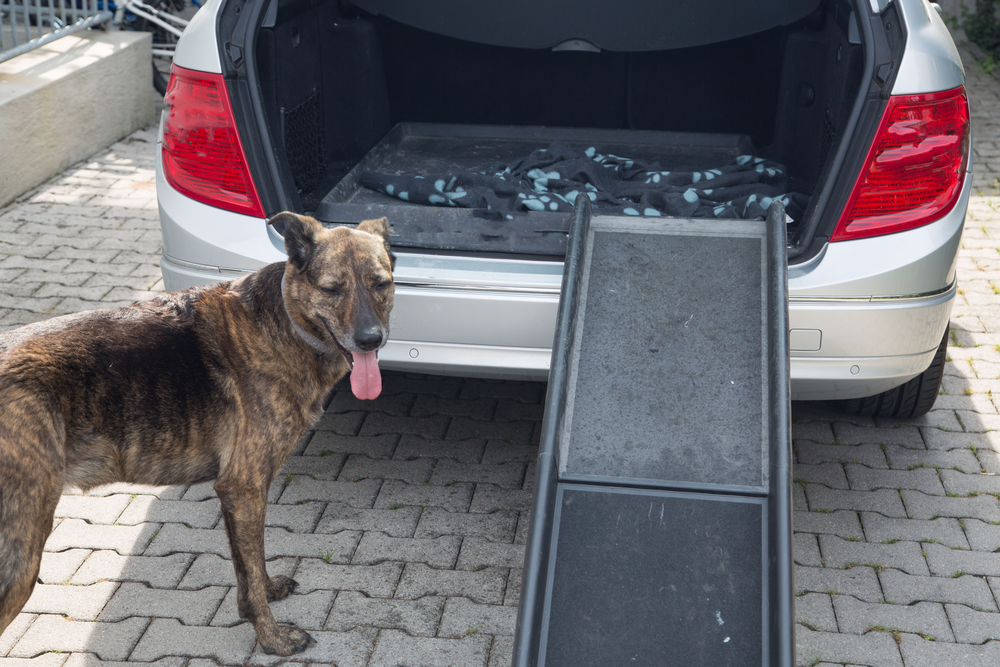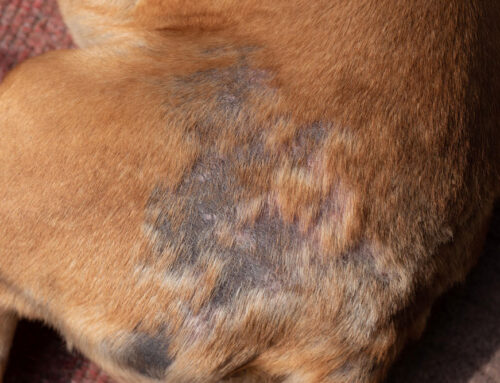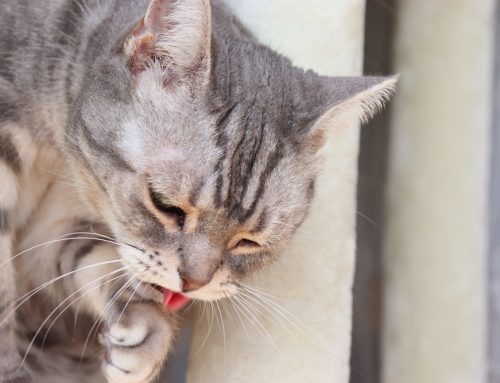Most of us didn’t imagine caring for an older pet when we brought home our tiny puppy or kitten all those years ago. Inevitably, all pets age, and as they do, their care and needs often change. Navigating these senior years is a delicate process, but pet owners and veterinarians can work together to provide aging pets the best possible quality of life.
What classifies a senior pet?
Dogs and cats become senior pets at various ages, depending on their species and size. On average, pets earn the title at 7 years of age. In general, the larger the dog, the shorter the lifespan and the sooner they reach senior status, versus small dogs, who typically live longer. Our feline friends fall somewhere in between small and large dogs, but these estimates are variable. Visit here to view a chart estimating the age of pets in human years.
How often does my senior pet need to visit the veterinarian?
Your senior pet should head to the vet at least twice a year for a comprehensive examination. Most veterinarians recommend yearly lab work, including routine blood and urine testing, but if your pet has any concurrent disease, additional tests may be indicated. At each senior pet visit, you can expect the following:
- A full physical exam
- A discussion of your pet’s signs you see at home
- Blood, urine, or other testing, as indicated
- Oral hygiene guidance
- Nutritional recommendations
- Medication or supplement recommendations
- Environmental changes to make at home
- A discussion about your pet’s quality of life
What are some common age-related diseases in pets?
Age is not a disease. However, as our pets get older, their bodies don’t work as efficiently as they used to, which leads to the development of certain chronic and degenerative illnesses. Some common diseases of older pets include:
- Osteoarthritis
- Dental disease
- Cancer
- Hyperthyroidism, in cats
- Hypothyroidism, in dogs
- Kidney disease
- Cognitive dysfunction
- Sensory changes, such as hearing or vision loss
Should I monitor my pet for specific signs?
Yes. All senior pet owners should keep a close eye on their pets for any changes. Pets are often stoic creatures, experts at hiding pain or illness, so subtle signs can indicate a significant problem. Monitor your pet for the following:
- Increased or decreased appetite
- Weight loss or gain
- Difficulty chewing
- Difficulty rising, climbing stairs, or getting around
- Increased urination or drinking
- Incontinence
- Bumping into walls
- Standing in corners
- Increased anxiety or restlessness
- Changes in sleep or wake cycles
What should I feed my senior pet?
As your pet’s metabolism slows with age, portion size becomes increasingly important. Obesity is, unfortunately, a common disease in pets and can contribute to arthritis and insulin resistance. Our veterinary team can help you decide the food and calorie intake best for your senior pet.
Many pets require prescription diets as they age to help control specific diseases. Pets who are otherwise healthy can benefit from commercial senior diets, which typically have added supplements like antioxidants and glucosamine for brain and joint health. However, never supplement your pet’s diet without your veterinarian’s guidance.
Does my senior pet still need exercise?
Absolutely. While your older pet may not be willing to go the extra mile, gentle exercise is extraordinarily beneficial. Walking, off-leash play, and swimming all help ensure pets get the physical and mental stimulation they need to stay sharp and agile. Additionally, these activities are a great way for pets and owners to stay bonded.
Do I need to make changes at home for my senior pet?
Maybe. Many pets have difficulty getting around the house or doing things that once were easy. Here are some suggestions:

- Keep rugs on hardwood floors to boost traction.
- Lower climbing structures for cats who have difficulty jumping to a high surface.
- Add small stairs to the side of the bed, couch, or wherever your pet likes to rest.
- Use ramps for getting in and out of the car.
- Use special harnesses like this one to help pets with rising, or climbing stairs.
- Don’t rearrange the furniture, as pets with cognitive changes or vision loss may be confused or hurt themselves if furniture is in an unexpected place.
- Plan a simple daily routine and stick to it, because pets aren’t as adaptable to big changes as they age.
How do I know when “it’s time”?
Knowing when it’s time to say goodbye to your pet is never easy. Many factors play into a pet’s quality of life, including appetite, activity level, and mobility. As your pet ages, consider using a daily diary like this to continually assess how she is doing. If you feel her quality of life is deteriorating, set up an appointment with our veterinary team, who will work with you to decide what is best for you and your senior pet.








Leave A Comment